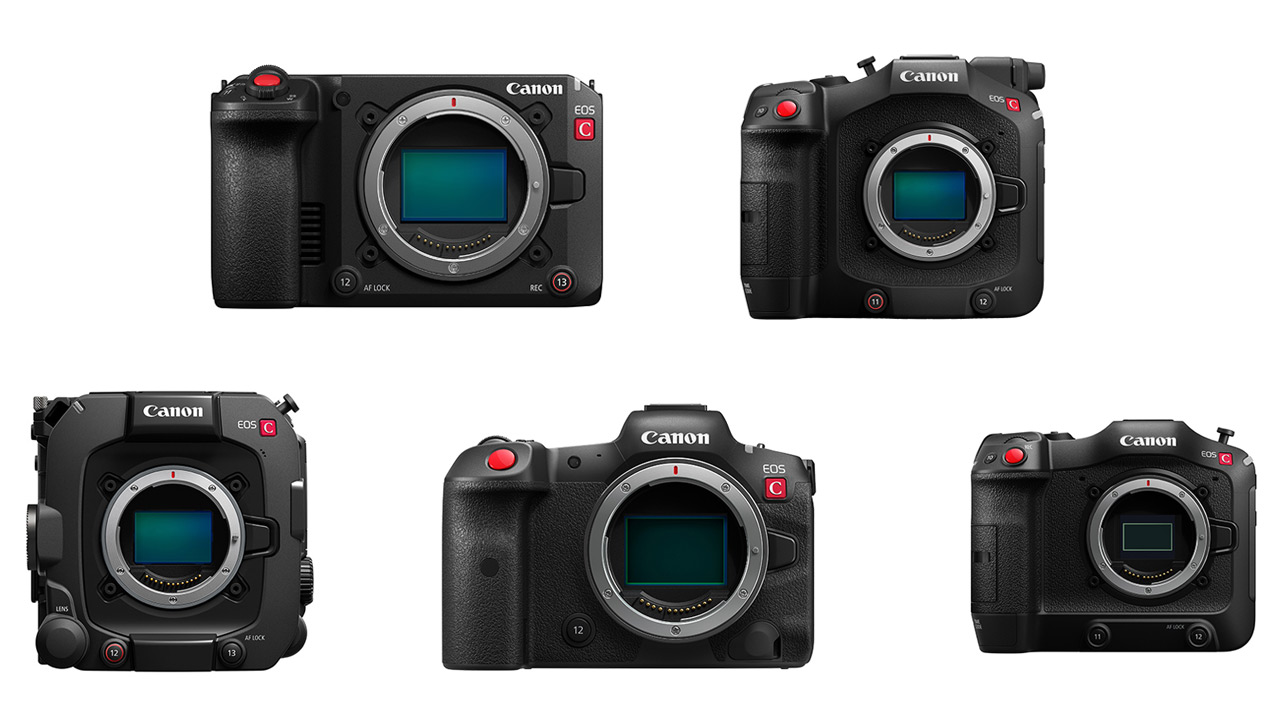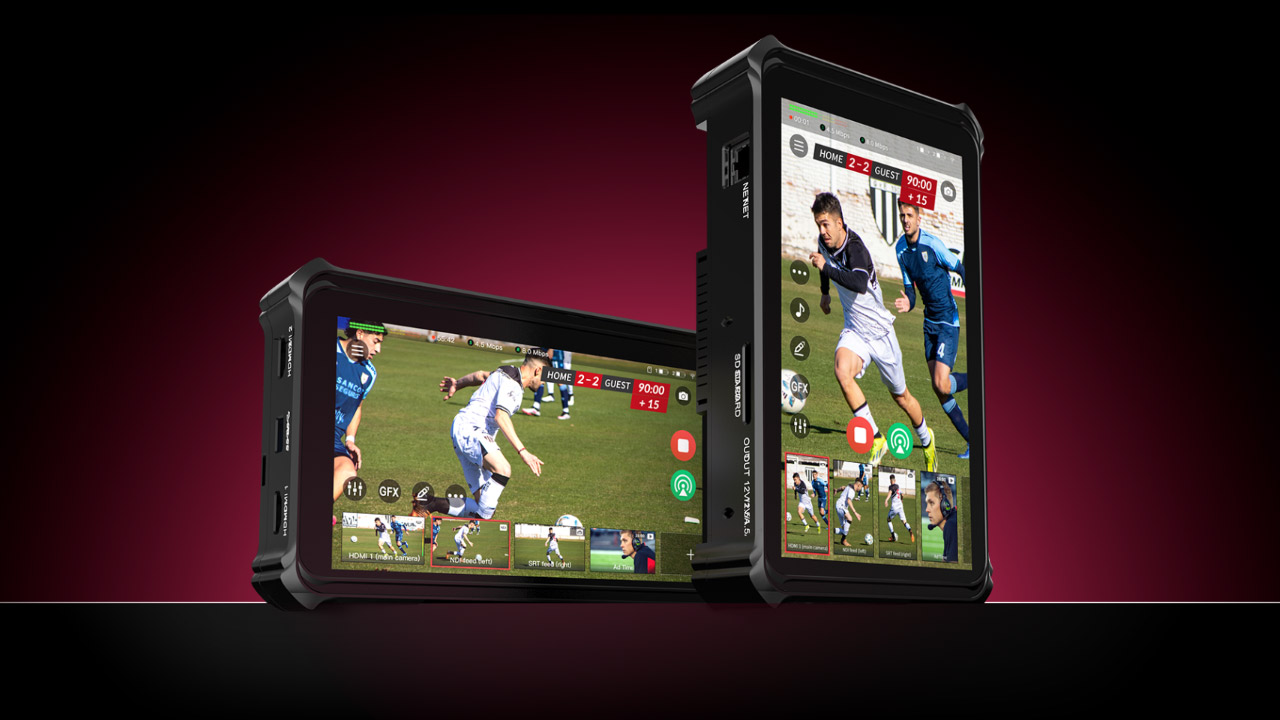
Sony has fully unveiled the “Sony α9 III” mirrorless single-lens camera. This camera is the first of its kind equipped with a global shutter full-frame image sensor. The estimated release date is on January 26, 2024. Suggested retail price is $5999.
The Sony α9 III is equipped with a newly developed full-size stacked CMOS image sensor Exmor RS with built-in effective pixel memory, working as a global shutter. The camera also has the latest BIONZ XR image processing engine, and has AF/AE tracking of up to about 120 frames/second. This combination setting can take blackout-free continuous shooting. It is also equipped with an AI processing unit and can recognize a wide variety of subjects with high precision using “real-time recognition AF.” By combining high speed performance of 120 frames per second with highly accurate subject recognition performance, it is possible to easily capture decisive scenes that are difficult to capture and moments that cannot be captured with the naked eye.
Furthermore, the Sony α9 III achieves the fastest shutter speed of 1/80,000 seconds (1/16,000 seconds during continuous shooting), making it possible to faithfully depict even fast-moving subjects as if they were still. By combining it with compatible Sony HVL-F60RM2 and the HVL-F46RM, photographers can synchronize the flash and take pictures at all shutter speeds up to 1/80000 seconds.
In addition, new features include a playback image filter that allows efficient high-speed continuous shooting to select a large number of images. Also, a function menu that can be used even during image playback, strongly supporting professional workflows from shooting to delivery.
In addition, in combination with a rich lens lineup including the simultaneously announced large-diameter telephoto “FE 300mm F2.8 GM OSS” G-Master Lens with a focal length of 300mm F2.8, even more dynamic expression is possible.
The main features of Sony α9 III are as follows.



Sony α9 III’s Revolutionary Global Shutter
The conventional rolling shutter method reads out images in order from the pixels at the top of the imaging surface. On the other hand, the global shutter method exposes and reads out all pixels at the same time, making it possible to take pictures of objects that move at high speed without distortion and as you see them.

In addition, in combination with the BIONZ XR image processing engine, high-speed continuous shooting at up to 120 frames per second is achieved without blackout. Furthermore, it is equipped with high-density image plane phase detection AF and an AI processing unit, and can recognize subjects with high precision with “real-time recognition autofocus”. In addition, it is equipped with 8.0 stops of optical 5-axis in-body image stabilization, enabling high-quality image rendering.
As for shutter speed, it is freed from the constraints of conventional mechanical shutter methods, achieving a maximum shutter speed of 1/80000 seconds, making it possible to capture a moment in time, even when moving at high speed, as if it were still. When a compatible Sony flash is attached, it is possible to synchronize the flash and take pictures at full shutter speeds up to 1/80000 seconds. Previously, when the shutter was released at a speed faster than the flash’s synchronization speed, the amount of light would drop sharply, but the full-speed flash synchronization function now makes it possible to take bright pictures using the flash at a high shutter speed.
In addition, there is a “pre-shooting function” that allows you to go back up to 1 second and record the moment before you press the shutter, a “composite RAW shooting” that allows you to change the continuous shooting speed during shooting, and a high-quality composite of multiple consecutively shot images. It has various functions that support professional photography.


Video Production without the Distortion
The global shutter type image sensor makes it possible to shoot distortion-free image expressions for videos as well as still images. For example, when taking pictures of nearby scenery from a vehicle that moves at high speed, such as a car, or when taking pictures of fast-moving subjects, that ubiquitous slant is avoided. This unit is the first in the Alpha series to be able to record 4K120p high-resolution, high-frame-rate video without cropping This performance making it possible to shoot easily at the intended angle of view.
It is also possible to shoot high-resolution 4K videos with 6K oversampling. In addition, the image creation “S-Cinetone” developed through the development of the VENICE digital cinema camera for video production makes it possible to beautifully highlight human skin and subjects, creating natural highlights. In addition, it is equipped with S-Log3 and has the latest video performance, such as being able to reflect and display the user’s favorite LUT imported in Log shooting mode. Furthermore, it is compatible with the mobile app “Monitor & Control” for video creators.
Operability and Reliability for Professionals
Listening to the voices of professional photographers, Sony focused on operability and reliability that comfortably supports professional photography. The shape of the grip is ergonomically designed so that it can be easily held in one’s hand, to avoid straining the photographer. Even when using a telephoto lens or using the camera for long periods of time, this camera is ergonomic.
In addition, by attaching the VG-C5 vertical grip, users can comfortably support long shooting sessions. The grip and shutter button area share the same design as the main body.
Furthermore, the Sony α9 III is equipped with a 4-axis multi-angle LCD monitor that can be operated by touch, allowing for intuitive operation using the latest touch menu. The electronic viewfinder uses XGA OLED, achieving high visibility with the same brightness as the α7R V and a magnification of approximately 0.90x. In addition, a custom button is placed on the front of the camera, allowing for highly immediate operations, such as changing the continuous shooting speed by operating the custom button assigned a continuous shooting speed boost with the finger holding the grip. This design helps professional photographers shoot in harsh environments.


High-Speed Workflow Designed Built-In
A function menu can now be used during playback. This allows efficient selection of a large number of images using high-speed continuous shooting. In addition, by assigning Playback Function Menu in advance, users can perform functions such as protect, smartphone transfer, and FTP transfer, during image playback.
Furthermore, users can select images narrowed down using the playback filter and transfer them from the function menu, allowing for quick delivery of specific images. In addition, the camera is equipped with a dedicated microphone for voice memos on the back, and the built-in microphone located near the mouth makes it possible to capture audio clearly even in noisy environments. The recorded audio data can be transferred via FTP along with the images.
Photographers can also set up to 20 presets from the IPTC (International Press Telecommunications Council), an international consultative body in which news organizations from various countries participate. Compatible with the professional “Transfer & Tagging” mobile application, along with the “Remote Camera Tool” app, footage can be transferred to computers easily. In addition, the company plans to support a new version of the “Camera Remote SDK,” a software development kit that allows remote camera operation, in the spring of 2024.
In addition, this camera is scheduled to receive functional enhancements such as FTP operability, relay playback, and support for C2PA format through camera software updates. Sony plans to add various functions to the α1 and α7S III in the future, such as breathing correction, relay playback, and C2PA format compatibility, to meet the needs of professionals along with the α9 III.













